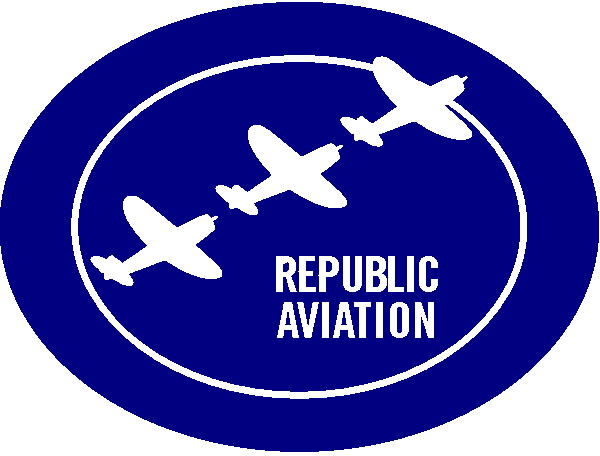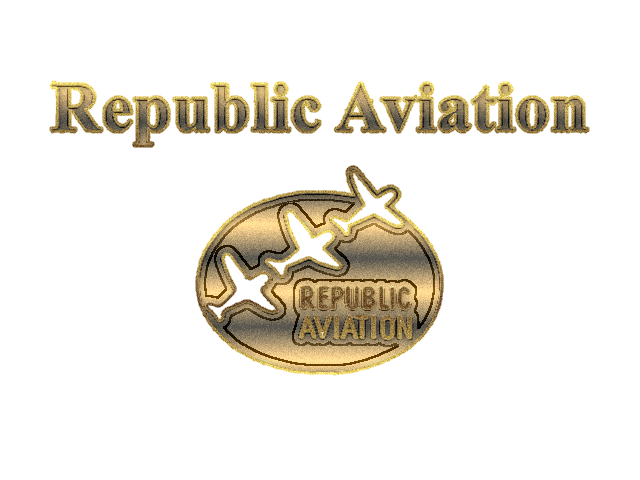.
History Fairchild Aviation Corporation.
Fairchild Model 24 Argus and UC-61 Forwarder

The Fairchild Model 24, also called the Fairchild Model 24 Argus and UC-61 Forwarder, is a four-seat, single-engine monoplane light transport aircraft designed by the Fairchild Aviation Corporation in the 1930s. It was adopted by the United States Army Air Corps as UC-61 and also by the Royal Air Force. The Model 24 was itself a development of previous Fairchild models and became a successful civil and military utility aircraft.
Fairchild Aircraft was hit hard by the Great Depression in the early 1930s as airline purchases disappeared. Consequently, the company attention turned to developing a reliable and rugged small aircraft for personal and business use. The Fairchild 22 became somewhat of a hit and led directly to the new and much improved Model 24 which gained rapid popularity in the early 1930s, noted for its pleasant handling characteristics and roomy interior. Having adapted many components from the automotive industry (namely expansion-shoe brakes and roll-down cabin windows), the aircraft was also affordable and easy to maintain. In production continuously from 1932 to 1948, the aircraft remained essentially unchanged aerodynamically and internally, with the addition of extra passenger seating and optional equipment. The first models were equipped with only two seats, but in 1933 a third seat was installed and by 1938 a fourth was added. The interior was first created for the Model 24 in 1937 by noted American industrial designer Raymond Loewy. A minor airframe revision was made in 1938 with the redesign of the vertical fin and redesignation from C8 to F24G onwards.
Operational history
Australian Fairchild 24 Argus In civil use, the aircraft was a quick sales success, with prominent businessmen and Hollywood actors purchasing the aircraft. In 1936, the US Navy ordered Model 24s designated as GK-1 research and instrument trainers. The type was also used by the US Army as a light transport and by the Coast Guard, with the designation J2K-1. The Civil Air Patrol operated many Fairchild UC-61/24s, and some aircraft were fitted with two 100-pound bombs for what became successful missions against German U-boats off the east coast of the United States in the early stages of the Second World War. The UC-61 was also procured by the US Navy as the GK-1 and by the British Royal Air Force as the Fairchild Argus.

Fairchild UC-61K supplied as an Argus III to the RAF in 1944 and sold to a civil owner in Belgium postwar In 1941, the United States Army Air Forces (USAAF) placed an initial order for 163 Fairchild C-61s; however, via Lend-Lease, 161 of these were shipped abroad. Under the auspices of this program, the majority of the 525 Warner Scarab Fairchild 24s/C-61s went to Great Britain. Most of these aircraft saw service as Argus Is and improved Argus IIs and were allocated to a newly formed adjunct of the Royal Air Force (RAF), the Air Transport Auxiliary (ATA). An additional 306 Ranger-powered Argus IIIs were also used by the ATA. In British service, the majority of the Argus type operated with the ATA ferrying their aircrew to collect or deliver aircraft to and from manufacturers, Maintenance Units (MU)s and operational bases.
0
KmCeiling
0
KmCombat RANGE
0
Km/hAircraft Speed
0
Max Crew
Photo Gallery
Fairchild Aviation Corporation.
Fairchild Model 24 Argus and UC-61 Forwarder


Fairchild Aviation Corporation. Originally known as the Republic Aircraft Company
Fairchild 24 Argus
General Info
-
-
- Crew: one
- Capacity: three passengers
- Length: 23 ft 10 in (7.27 m)
- Wingspan: 36 ft 4 in (11.08 m)
- Height: 7 ft 8 in (2.34 m)
-
Powerplant
-
-
- Wing area: 193 sq ft (17.9 m2)
- Empty weight: 1,813 lb (822 kg)
- Max takeoff weight: 2,882 lb (1,307 kg)
- Powerplant: 1 × Ranger L-440-5 6-cyl. inverted air-cooled in-line piston engine, 200 hp (150 kW)
-
Performance
- Maximum speed: 108 kn (124 mph, 200 km/h)
- Range: 404 nmi (465 mi, 748 km)
- Service ceiling: 12,700 ft (3,900 m)
.
Links to Youtube & Others
Fairchild Aircraft was hit hard by the Great Depression in the early 1930s as airline purchases disappeared. Consequently, the company attention turned to developing a reliable and rugged small aircraft for personal and business use.
Fairchild Model 24 Argus
The Fairchild Model 24, also called the Fairchild Model 24 Argus and UC-61 Forwarder
Youtube Link
Took out the 1938 Fairchild 24K out to lunch in Urbana, Ohio. Met a few friends along the way. We stopped in New Carlisle and yellow Springs Ohi














